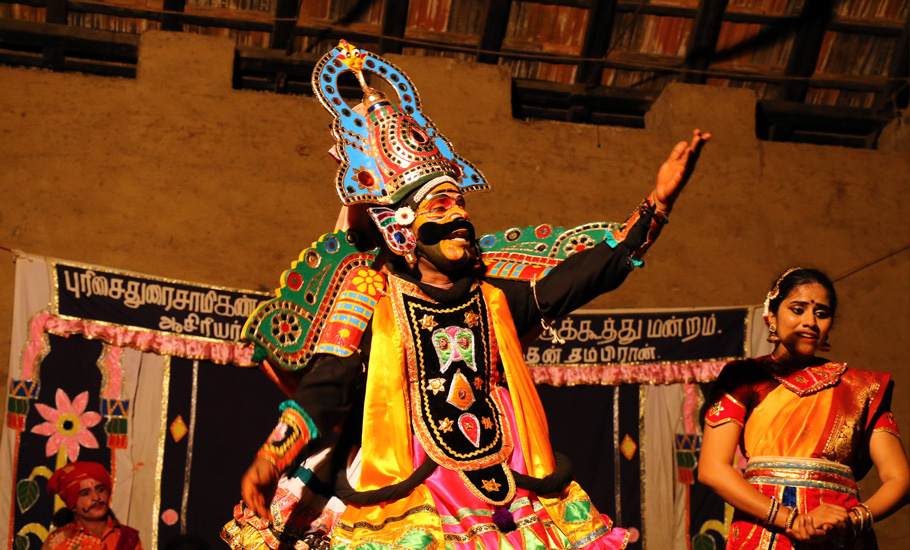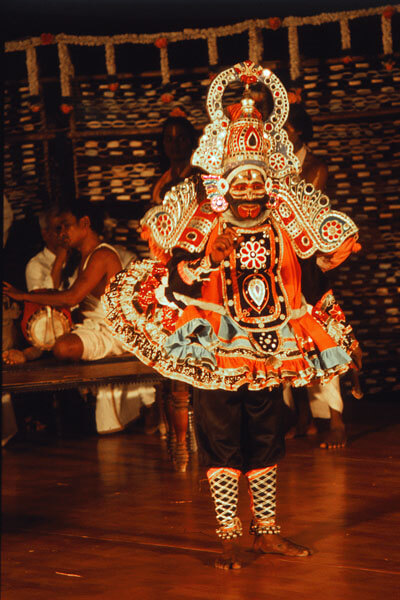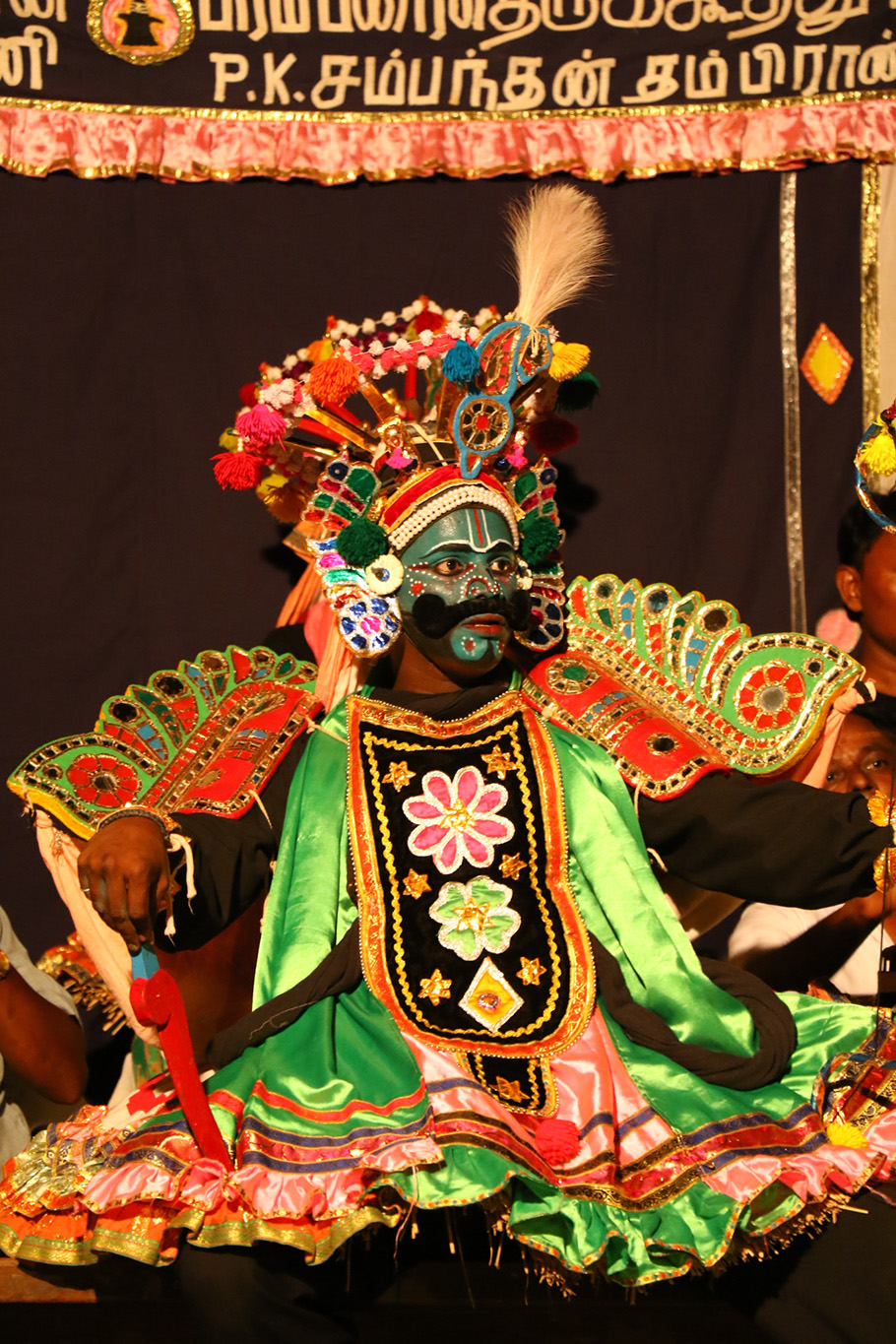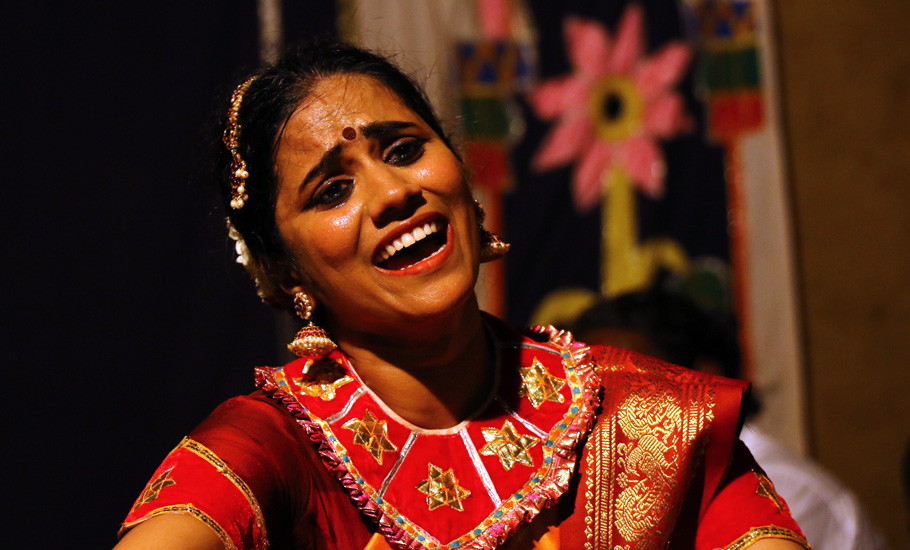
- Home
- India
- World
- Premium
- THE FEDERAL SPECIAL
- Analysis
- States
- Perspective
- Videos
- Sports
- Education
- Entertainment
- Elections
- Features
- Health
- Business
- Series
- In memoriam: Sheikh Mujibur Rahman
- Bishnoi's Men
- NEET TANGLE
- Economy Series
- Earth Day
- Kashmir’s Frozen Turbulence
- India@75
- The legend of Ramjanmabhoomi
- Liberalisation@30
- How to tame a dragon
- Celebrating biodiversity
- Farm Matters
- 50 days of solitude
- Bringing Migrants Home
- Budget 2020
- Jharkhand Votes
- The Federal Investigates
- The Federal Impact
- Vanishing Sand
- Gandhi @ 150
- Andhra Today
- Field report
- Operation Gulmarg
- Pandemic @1 Mn in India
- The Federal Year-End
- The Zero Year
- Science
- Brand studio
- Newsletter
- Elections 2024
- Events
- Home
- IndiaIndia
- World
- Analysis
- StatesStates
- PerspectivePerspective
- VideosVideos
- Sports
- Education
- Entertainment
- ElectionsElections
- Features
- Health
- BusinessBusiness
- Premium
- Loading...
Premium - Events

Mahabharata to Márquez: One family kept an art form alive for six generations

For at least six generations, the Thambiran family of Purisai village in Tamil Nadu has been the custodian of a traditional theatre art form — Therukoothu. Purisai — otherwise famous for the Agatheeswarar temple — acquired a distinct identity, thanks to this family’s efforts in not just continuing the art form but also infusing modernity into it. All this happened...
For at least six generations, the Thambiran family of Purisai village in Tamil Nadu has been the custodian of a traditional theatre art form — Therukoothu. Purisai — otherwise famous for the Agatheeswarar temple — acquired a distinct identity, thanks to this family’s efforts in not just continuing the art form but also infusing modernity into it. All this happened largely because of the work of Kannappa Thambiran, a fourth generation Thambiran, who first introduced harmonium to Therukoothu.
The latest ones to represent the Thambiran family traditions are Kannappa’s son Sambandan and the latter’s son-in-law Palani Murugan.
It is in this small village in Tiruvannamalai district — around 120 km from Chennai — that the family runs the ‘Purisai Duraisami Kannappa Thambiran Paramparai Therukoothu Mandram’ that is now synonymous with Purisai and Therukkoothu.
Art as an industry
Ancient Tamils categorised art and literary pursuits into three separate forms — iyal (literary form such as poetry, debates), isai (music, dance) and natakam (theatre). Therukoothu (in Tamil, theru means street and koothu denotes a play) does not fit in any of the categories. Rather, it traverses all three. The performances are based on literary texts but involves music and also uses acting and body movements.
“In the ancient texts, both the words ‘koothu’ and ‘natakam’ are mentioned abundantly. To make a distinction, people considered the art form that fully depended on a story as ‘natakam’. And if there were songs presented in between the story telling, it was called ‘koothu’. The word ‘koothu’ also denotes jumping and dancing,” says prof G Palani of University of Madras.
According to Palani, the Therukoothu that is performed today has a 300-year-old history. “But we are unable to arrive at a conclusion whether the present-day format was the actual ‘koothu’ practiced back then,” adds Palani, who has extensively studied the art form and written a book, Therukoothu Kalaignargal Kalanjiyam.
The present-day Therukoothu, Palani says, can be classified into three styles — western, northern and southern — based on the region it is performed. “The western style is popular in districts such as Erode, Salem, Dharmapuri, Krishnagiri and a part of Coimbatore. The northern style in Kanchipuram, Tiruvallur, Vellore and Tiruvannamalai, while the southern style can be seen in Cuddalore, Villupuram and Puducherry.”
However, neither style is restricted to just one region and can also be found in other parts. “This is because the art form has mainly continued through the guru-sishya (teacher-disciple) tradition,” says Palani, adding that the southern style, however, has closely held on to the primitive style of the art form.
There are differences between these styles based on the stories they choose to perform, the movements they use and the makeup they wear.
Evolution of ‘Purisai’ style
Although Therukoothu was practiced by some other groups as well, they didn’t stick to a particular style. Most such groups are now in their second or third generations. Some others represent their first generation. So, while saying that the Purisai Thambiran family has been practicing the art for six generations, it also implies the evolution of the art form with each generation of the family.

“It was Veerasamy Thambiran, who started the koothu tradition in this family,” writes Muthusamy, in an obituary for Duraisamy Kannappa Thambiran, after whom, the family has opened a school to teach Therukoothu. Veerasamy, Duraisamy’s father, initially practised puppetry but after some time he gave up.
“We don’t know whether he gave up puppetry and embraced Therukoothu because the former didn’t bring him enough income. Or, he may have thought that he could make more money through Therukoothu because it was performed as a ritual in temples. However, looking back at the past, we can say that Veerasamy may have realised that puppetry couldn’t provide much of a platform or opportunity to express his artistic skills, and hence he chose Therukoothu.”
Veerasamy, however, was not a stage performer alone. He was basically a farmer. He had also acquired some knowledge of ‘black magic’ from his father Parasurama Thambiran.
In those days, according to Muthusamy, there were no festivals and the villagers used to bring Therukoothu artists from other parts to learn the art and stage it. “The students were also gifted dhotis and jewellery at the end of the course.”
Veerasamy had four sons — Raghava Thambiran, Vijaya Thambiran, Krishna Thambiran and Duraisamy Thambiran.

“Back then, in times of drought, people would leave their village and migrate to cities. During one such turbulent time, Veerasamy migrated to his mother-in-law’s house in Thandarai Chepakkam (a village in Kanchipuram district). There, the ‘dharmakartha’ (local temple administrator) of Kandasamy temple asked Veerasamy to stage the ‘Kamsa Samharam’, a tale from Mahabharata. In that play, Raghava Thambiran played the role of young Krishna,” Muthusamy writes.
A British sergeant who happened to pass by was impressed by Raghava’s performance and offered to help Veerasamy with all the provisions needed for a month. “He also gifted a golden bracelet to Raghava Thambiran, when they returned to their village.”
That is how Raghava Thambiran became the first person in the family to be recognised for his skills or for that matter, the art form itself.
Veerasamy trained all four sons in Therukoothu. When they were ready, the patriarch stopped performing on stage and paved the way for his sons. During Veerasamy’s time, it was ‘Kamsa Samharam’ that was mostly enacted on stage.
When Raghava Thambiran helmed the group, he presented ‘Iranya Vilasam’, written by Kalavai Kumarasamy. This particular play can be performed for seven days at a stretch. It was during Raghava’s era that a Draupathi Amman temple was built in Purisai. And, thus, started the tradition of celebrating the ‘Mahabharata festival’.
Slowly, Therukoothu started to include songs as well. Before that the artists used to narrate just stories. While the makeup accessories were naturally made, the oil used to light up the surroundings was extracted through cold press method. In Raghava’s time, kerosene was also used. It was only later that petromax and halogen lights came.
After Raghava Thambiran’s death, the reins of the group passed on to his brothers. Following the subsequent deaths of Krishna and Vijaya Thambiran, it finally came into the hands of Duraisamy Thambiran.
Even though Duraisamy was Veerasamy’s son, he is still considered the third-generation inheritor of the art form. His eldest brother Raghava represented the second generation. This was mostly because of the tradition wherein the elder brother plays the father figure to his younger siblings.
But it was only with the arrival of Duraisamy’s son Kannappa in the scene that the theatre group embraced modern techniques. While he introduced harmonium to Therukoothu, during Veerasamy’s time, they mostly used percussion instruments made up of cow hide. In Raghava’s days, the instrument used was shruti box (surpeti).
“Traditionally, Therukoothu performances mostly included tales from the Mahabharata. It is difficult to find whether stories from Ramayana were also performed in the past. But Kannappa Thambiran has written and performed stories such as ‘Vaali Vadham’, ‘Indrajit’ and ‘Hanuman Thoothu’ — all taken from Ramayana,” says professor Palani.
Besides, Kannappa also embraced modern literature. He performed poet Bharathiyar’s ‘Panchali Sabatham’, German modernist playwright Bertolt Brecht’s ‘Caucasian Chalk Circle’ (adapted in Tamil as ‘Vellai Vattam) and Gabriel Garcia Marquez’s ‘An Old Man With Huge Wings’ (Periya Iragudaiya Oru Vayothiga Manidhar). The latter was staged in the Fifth International Theatre Festival held in Colombia’s Bogota in 1996 and also got an award.
Kannappa Thambiran became the first person in his family to receive the ‘Kalaimamani’ award from Tamil Nadu government. He was also honoured with the Sangeet Natak Akademi.
“Following his death in 2003, we started a school in his name to teach Therukoothu and have conducted workshops in various universities, including the National School of Drama, New Delhi, and the Department of Performing Arts, Pondicherry University. We also took part in cultural exchange programmes and performed across countries, including France,” says son Sambandan.

Like his father, Sambandan too has won the ‘Kalaimamani’ and Sangeet Natak Akademi awards. Earlier this year, he was awarded an honorary doctorate by the Tamil Nadu Dr J Jayalalithaa Music and Fine Arts University. He is the first folk artist to be given this honour.
But the art form is not restricted to this family alone.
…a thousand flowers bloom
“There are at least 100 groups for each Therukoothu style and each group has at least 12 to 15 full-time artists,” says prof Palani. He, however, feels only two or three Therukoothu families are enjoying the limelight because of accessibility and constant attention by celebrities and the media.
Every year the groups performing Therukoothu are increasing, he insists. “So, it is in no way a dying art form.”
It’s not only the artists, he adds, but a whole lot of people depend on the art. There are booking agents to get their call sheets, artisans making the jewellery and costumes, rental shops that rent out set properties etc. “The art form works like a big industry in itself.”
Way forward
In order to attract more youngsters into the art form, the Purisai school has started providing year-long training with stipend. Kicked-off in the first week of December last year, 20 students have joined the programme so far.
“Earlier we did short-term courses. Now, we are providing a year-long programme. The students are taught from the basics. For the first three months, they will be trained in ‘Adavu’ (movements) and then in songs and music,” Palani Murugan elaborates. Murugan was awarded the Ustad Bismillah Khan Yuva Puraskar of Sangeet Natak Akademi for 2009.
“After the completion of the course, those who are interested travel along with us and become full-time Therukoothu artists.”
There is, though, more to Therukoothu than just the artists involved.
It is often said that most Tamil art traditions are intrinsically linked to Therukoothu. While other art forms like music, dance, or even theatre forms such as Kaniyan Koothu, Thol Paavai Koothu essentially remains as an art wherein the audience is just a spectator. But Therukkoothu gives an opportunity to the audience to become a participant.
Writing about the art form in Kattiyam, a Tamil quarterly journal for theatre, the late N Muthuswamy said: “When Bharata [Mahabharata] koothu is performed, the whole village landscape is used as a stage. In the process, the villagers also turn into characters. They are given a chance to express their anger, likes and dislikes, thereby creating an equal space for all. The annual koothu would often give them enough reasons to smile and talk about until the next performance.”.
“This was how koothu played a major part in their lives. There was not much entertainment in those days. While other art forms like puppetry ended in a jiffy, people wanted an entertainment that would extend their evenings. Therukkoothu just did that,” wrote the well-known theatre personality and founder of Tamil folk group Koothu-P-Pattarai.
And this is exactly what the Thambiran family excelled in doing for six generations — extending the joys of an evening well spent.
